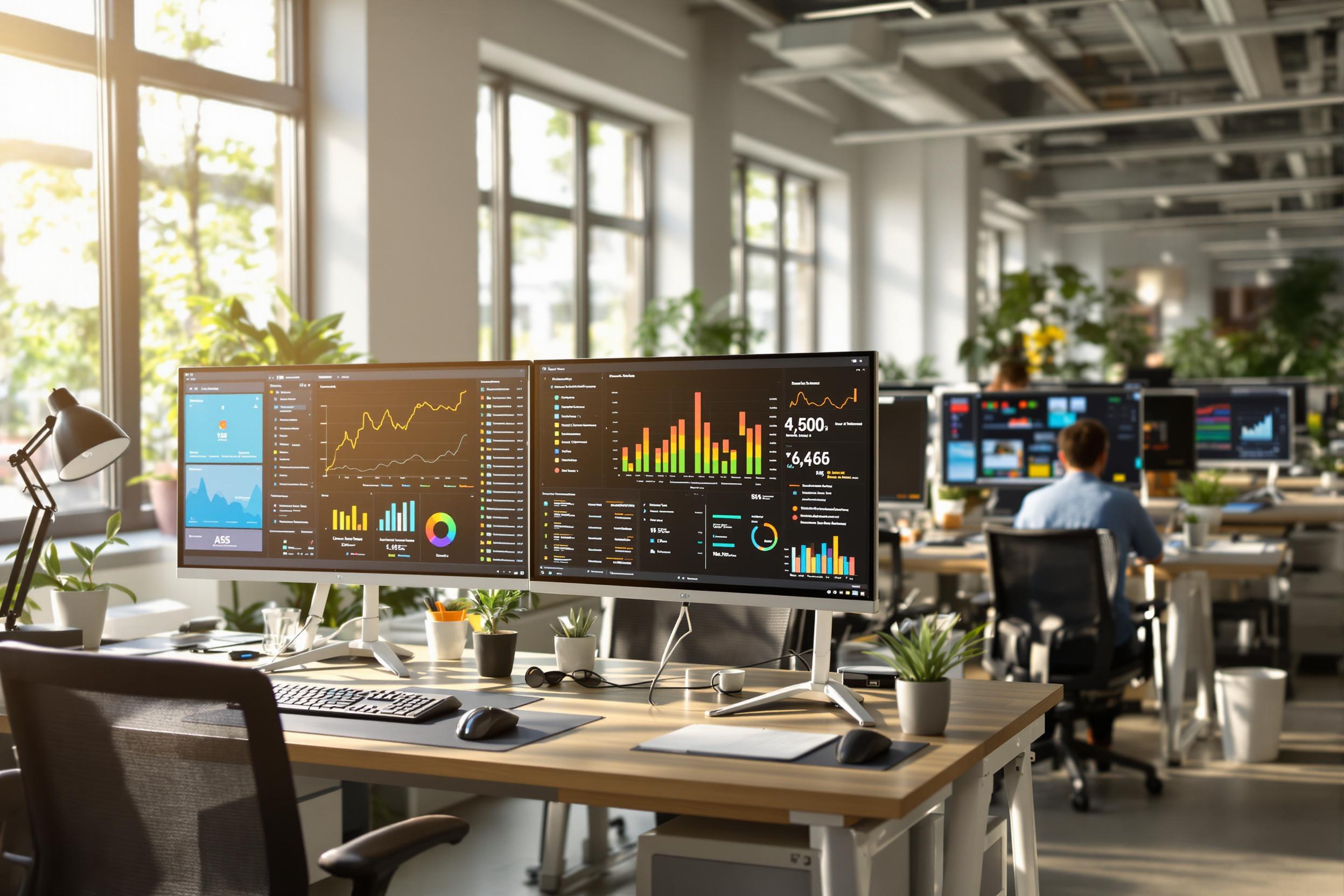
Beam Angle
Beam Angle is a fundamental concept in theatrical and event lighting that describes how wide or narrow a light spreads from its source. Think of it like adjusting a flashlight beam from a tight spotlight to a wide flood of light. Lighting technicians and designers use this measurement to control how much area a light covers and how intense it appears. This term often appears alongside related concepts like "beam spread," "flood," or "spot." Understanding beam angles is essential for creating the right lighting effects for stages, events, or architectural installations.
Examples in Resumes
Designed lighting setup using Beam Angle calculations for maximum stage coverage
Programmed intelligent fixtures with various Beam Angles for concert touring
Optimized Beam Angle settings to achieve proper illumination for broadcast lighting
Typical job title: "Lighting Technicians"
Also try searching for:
Where to Find Lighting Technicians
Professional Organizations
Online Communities
Job Resources
Example Interview Questions
Senior Level Questions
Q: How do you determine the appropriate beam angles when designing lighting for a large-scale concert?
Expected Answer: A senior lighting designer should discuss factors like stage size, trim height, desired coverage areas, and how different beam angles work together to create even illumination and special effects. They should mention practical experience with various venues and fixture types.
Q: How do beam angles affect light intensity and what calculations do you use?
Expected Answer: Should explain the relationship between beam angle and light coverage area, mentioning the inverse square law in simple terms and how to balance intensity needs with coverage requirements for different applications.
Mid Level Questions
Q: What beam angles would you choose for front lighting versus back lighting?
Expected Answer: Should discuss how narrower angles might be used for precise front lighting to avoid spill, while wider angles might be preferred for back lighting to create effects and wash the stage.
Q: How do you handle mixing fixtures with different beam angles in the same design?
Expected Answer: Should explain practical approaches to combining different fixtures, ensuring even coverage, and creating layers of light while avoiding hot spots or dark areas.
Junior Level Questions
Q: What's the difference between a narrow and wide beam angle?
Expected Answer: Should be able to explain that narrow beam angles create more focused, intense light (like a spotlight) while wide beam angles spread light over a larger area (like a floodlight).
Q: How do you adjust beam angles on common theatrical fixtures?
Expected Answer: Should demonstrate knowledge of basic fixture types and how to adjust their beam angles through zoom functions, lens tubes, or other mechanical means.
Experience Level Indicators
Junior (0-2 years)
- Basic understanding of light fixture types
- Ability to adjust beam angles on fixtures
- Understanding of basic lighting positions
- Following lighting plots and plans
Mid (2-5 years)
- Creating lighting designs with appropriate beam angles
- Programming moving lights and effects
- Understanding coverage calculations
- Troubleshooting lighting issues
Senior (5+ years)
- Complex lighting design for large venues
- Advanced beam angle calculations
- Training and supervising lighting crews
- Coordinating with other production departments
Red Flags to Watch For
- Unable to explain basic beam angle concepts
- No hands-on experience with different fixture types
- Lack of understanding about light coverage and intensity
- No knowledge of industry-standard lighting fixtures
Related Terms
Need more hiring wisdom? Check these out...

How to Choose the Right AI-Powered ATS for Your Company

ATS Benefits For Recruiters: A 2025 Guide to Smarter Hiring

Unlock Hidden Talent: How Internal Rotation Programs Spark Career Exploration and Boost Retention

